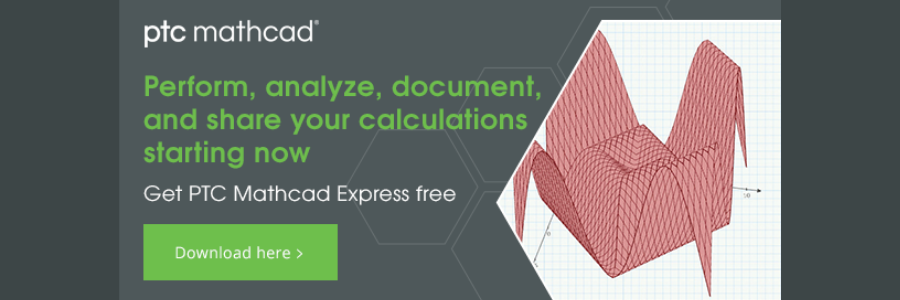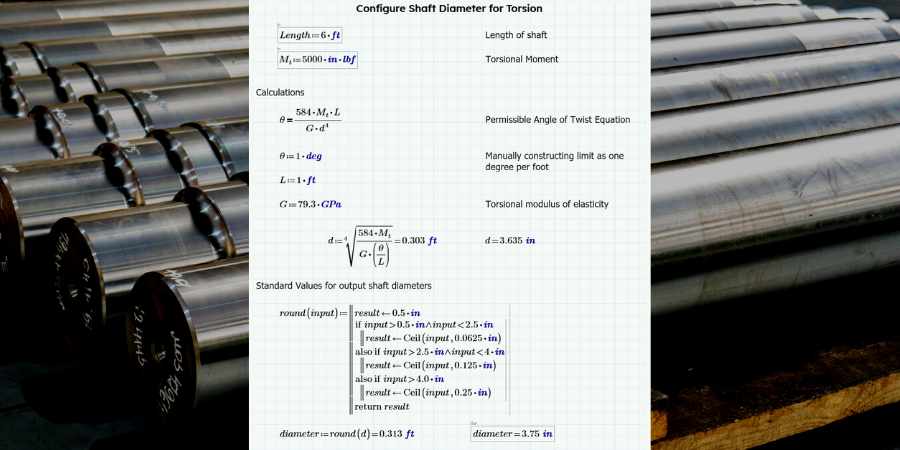Don’t waste time recreating complex engineering calculations. Here’s how and why you should be building on work that’s already been done.
On an engineering board, a recent graduate expressed anxiety about creating new models. He is new to product design and saw his more experienced co-workers cranking out models and drawings in short fashion. It takes him weeks to create a brand-new part. Yet in the same time, more experienced engineers were creating multiple large assemblies.
Was that the result of greater familiarity with the CAD (computer-aided design) tools? Partly. A few of us older folks let him in on the secret: we rarely create new models from scratch. Most of the time we are copying and modifying a similar model.
Reusing data is one of the biggest advantages to come out of the application of computers to product development. Unfortunately, too often this is relegated to the CAD world of parts, assemblies, and drawings. Our underlying engineering work – our math and calculations – are denied these advantages. But we can change that.
Benefits of Reusing Engineering Calculations
By reusing our engineering calculations, we can:
- Get work done faster. It is always faster to modify existing calculations than to create calculations from scratch. Instead of reinventing the wheel, we can reuse calculations for design of a part or component, development of an algorithm, analysis of data, and modeling of systems. These calculations and mathematical models can vary from simple to complex, and reusing rather than reinventing reduces time and effort, helping to meet schedule deadlines and get work done faster.
- Increase standardization. Most of the engineering organizations that I have worked for have been concerned about deliverables looking uniform. A technical data package with ten drawings can look like ten people worked on them. The analysis reports used to sign off on releases bear the individual styles of the person performing the simulations. This can result in inconsistency and an unprofessional look. Reusing data minimizes and can eliminate these problems.
- Reduce errors. Once a set of calculations has been checked and validated, it can be reused with the confidence that there are no errors in the calculations
- Train others. Even though most engineers and designers have years of education under their belts, they will learn most of their skills on the job. Reusing worksheets helps educate newer team members on company methods, approaches, and best practices for calculation workflows.
Ways to Reuse Engineering Calculations
Here are some methods for saving time by reusing engineering calculations:
- Copy and Paste. In the same way that we can reuse sections of a Microsoft Word document, we can do the same with your PTC Mathcad Prime worksheet. To reuse part of a worksheet, swipe a box over the math and text regions, copy them, and paste them into another worksheet. This capability extends to any worksheet, including the ones available in the Help section’s Engineering Resources.
- Save a copy. To use an existing worksheet as the basis for a new worksheet, simply save a copy of the worksheet under a new name.
- Templates. If we create the same reports or series of calculations in PTC Mathcad, we can save a worksheet as a template. Making another analogy to Microsoft Office, this is like creating a template for a document, spreadsheet, or presentation. This is an excellent method to increase standardization across the engineering team, especially for analysis reports.
- Engineering Notebooks. We can embed a PTC Mathcad worksheet in a Creo Parametric model. When that model is copied and reused, the worksheet goes along with it. Changes to features and geometry in the copied model can update the calculations in the embedded worksheet, helping ensure that we follow our design intent.
Better Efficiency with Calculation Reuse
To increase your efficiency and proficiency, take advantage of the capabilities in PTC Mathcad to reuse your engineering calculations. If you are not already benefitting from this, you can investigate this by downloading a free copy of Mathcad Express today.

About the Author
Dave Martin is a Creo, Windchill, and PTC Mathcad instructor and consultant. He is the author of the books “Top Down Design in Creo Parametric,” “Design Intent in Creo Parametric,” and “Configuring Creo Parametric,” all available at amazon.com. He can be reached at dmartin@creowindchill.com.
Dave currently works as the configuration manager for Elroy Air, which develops autonomous aerial vehicles for middle-mile delivery. Previous employers include Blue Origin, Amazon Prime Air, Amazon Lab126, and PTC. He holds a degree in Mechanical Engineering from MIT and is a former armor officer in the United States Army Reserves.
